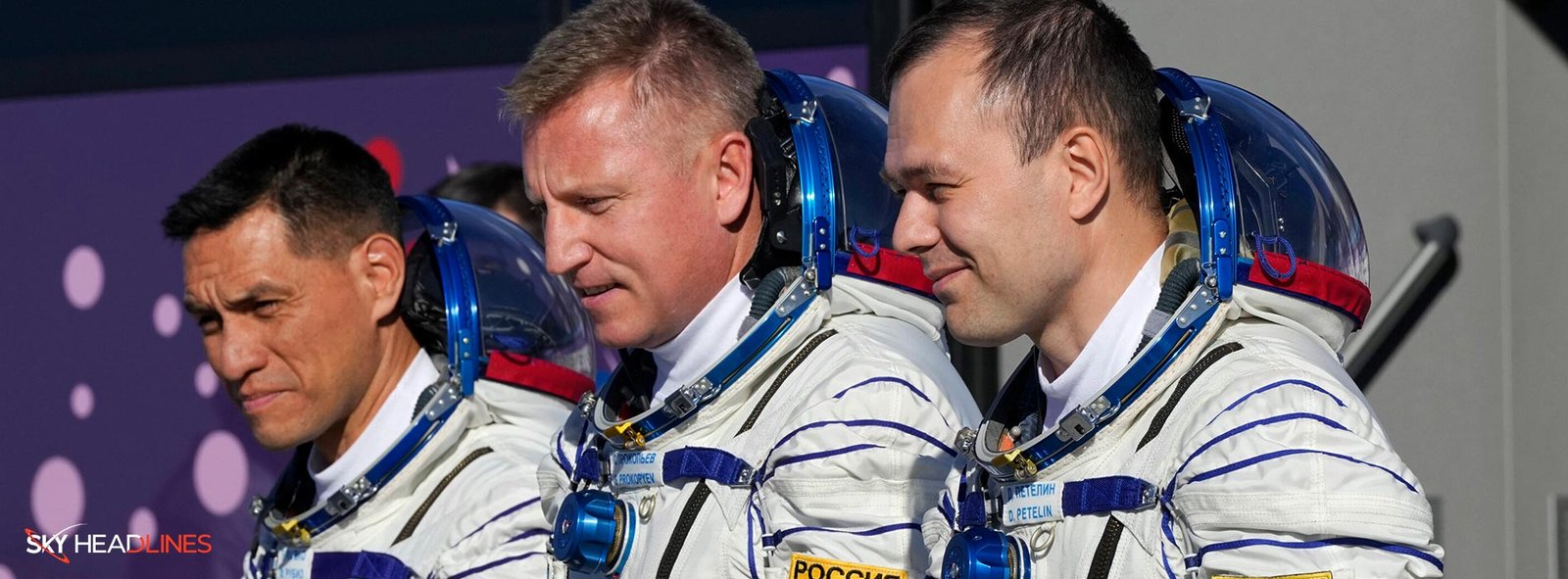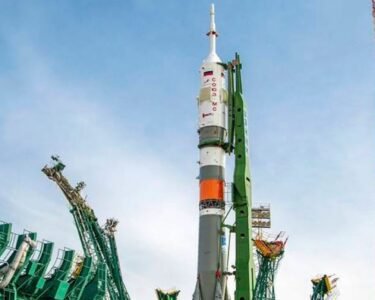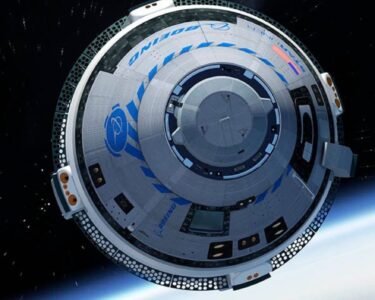Extended Space Mission Nears Conclusion
The forthcoming conclusion of a momentous orbital mission that has captured the public’s attention is generating palpable excitement. Representing NASA, Astronaut Frank Rubio and his Russian comrades, Sergey Prokopyev and Dmitri Petelin from the Russian space agency Roscosmos, are prepared to return to Earth from space. Their anticipated departure from the International Space Station (ISS) is scheduled in the pre-dawn hours of Wednesday, September 27. Boarding their Russian Soyuz spacecraft, the team will disengage from Earth’s orbital station at precisely 3:54 a.m. EDT. The meticulous landing sequence is planned to culminate in the Kazakhstan steppes at 7:17 a.m. EDT. Space enthusiasts will be able to witness this monumental moment, including the undocking from Earth’s orbit and the intricate descent towards Earth, via a live broadcast on Space.com, facilitated by NASA’s comprehensive coverage that kicks off at 12 a.m. EDT.
Who Are Called Cosmonauts?
In this joint mission of international import that allows a rare glimpse of Earth from space, it’s worth noting the specific nomenclature used to distinguish between American and Russian space travelers. In Russia, these elite professionals are referred to as “cosmonauts,” individuals who have undergone exhaustive training regimens under the purview of the Russian space agency or its historical precedents, like the Soviet Union’s expansive space program.
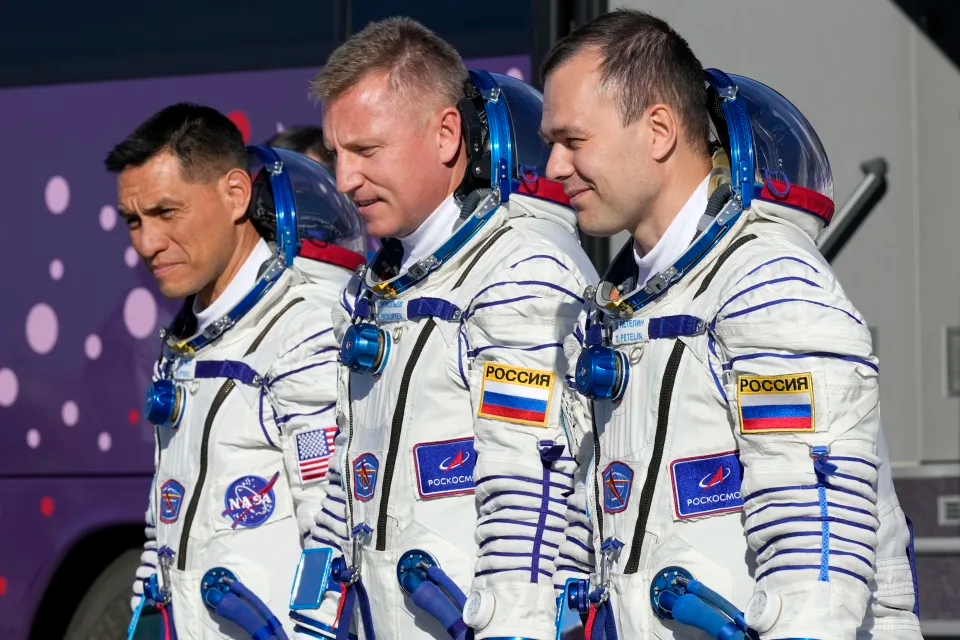
Why Does Russia Call Them Cosmonauts?
The usage of the term “cosmonaut” is imbued with significant historical, cultural, and linguistic resonance deeply rooted in Russian and Soviet traditions of space exploration. This specific terminology functions to differentiate Russian space voyagers making journeys back to Earth from space from their American counterparts, known as “astronauts.” Coined amid the ideological fissures of the Cold War, the term encapsulates a unique set of national values and pride, a semantic embodiment of Russia’s indelible contributions to observing Earth from space and beyond.
Here’s a list of five famous cosmonauts:
- Yuri Gagarin: Known as the first human to journey into outer space, Gagarin orbited Earth on April 12, 1961, aboard the Vostok 1 spacecraft. His historic mission had a profound impact, marking a crucial milestone in the space race and turning him into an international hero.
- Valentina Tereshkova: She became the first woman in space when she piloted the Vostok 6 spacecraft on June 16, 1963. Her mission was groundbreaking, not only for space exploration but also as a milestone in gender equality in science and engineering fields.
- Gherman Titov: Just a few months after Gagarin’s journey, Titov became the second human in space and the youngest person to fly to space at the age of 25. He piloted the Vostok 2 mission, during which he spent over a day in orbit and conducted a variety of experiments.
- Alexei Leonov: Known for conducting the first spacewalk in history on March 18, 1965, Leonov’s mission demonstrated the possibilities and challenges of extravehicular activity, paving the way for future space missions. His spacewalk lasted 12 minutes and 9 seconds and posed several life-threatening challenges, including the expansion of his spacesuit that made it difficult for him to re-enter his spacecraft.
- Valery Polyakov: Holds the record for the longest single human spaceflight, with more than 437 days spent aboard the Mir space station from January 1994 to March 1995. His mission was particularly significant for studying the long-term effects of space travel on the human body.
These cosmonauts have made significant contributions to space exploration, each marking a distinct milestone that expanded our understanding of human capabilities in space.
Did Astronauts and Cosmonauts Get Along?
Despite the potential for geopolitical tension to muddy the waters of international cooperation, astronauts and cosmonauts often find themselves working in harmony as they peer down at Earth from space. This spirit of amicability and collaboration in the Earth-observation realm is epitomized by iconic projects such as the Apollo-Soyuz Test Project of 1975 and the extensive, multifaceted work still underway on the ISS.
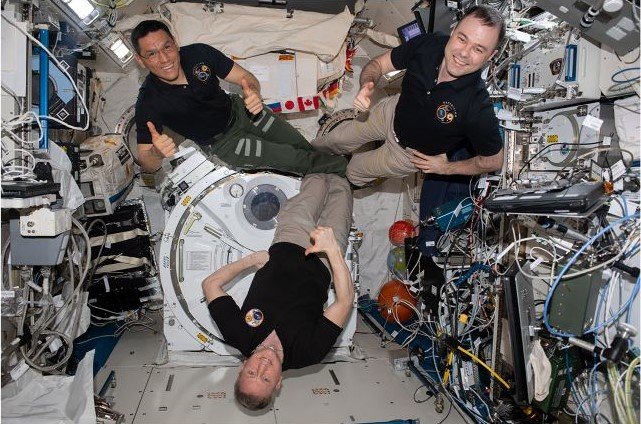
Do astronauts see the earth from space?
Astronauts are granted an unparalleled perspective of Earth as they orbit the planet in spacecraft like the International Space Station (ISS). This vantage point allows them to observe a range of natural phenomena such as auroras, storms, and the expansive landscapes of continents and oceans.

Scientific Observations and Research
This view is not just for spectacle; it serves a crucial scientific purpose. Equipped with advanced observational instruments, astronauts gather important data on Earth’s climate, landforms, and even the effects of human activities. Such research enables a better understanding of Earth’s systems, weather patterns, and environmental changes.
The Psychological Impact: The Overview Effect
Experiencing Earth from space often leads to a profound psychological transformation known as the “overview effect.” Astronauts frequently report that seeing the fragility and beauty of Earth from this removed location instills a newfound sense of responsibility for the planet’s well-being.
Unforeseen Complications Lead to Extended Stay
The mission undertaken by Rubio, Prokopyev, and Petelin initially planned for a standard six-month observation of Earth from space. However, a sudden, unforeseen coolant leak on December 15, 2022, while they were orbiting Earth in their Soyuz spacecraft, led to an extended sojourn. This complication necessitated the dispatch of a subsequent Soyuz spacecraft, which arrived at the ISS on February 25, to secure their eventual safe return to Earth from space.
New Records Set in Spaceflight Duration
This unprecedented extension in their mission timeline has not only facilitated a more extensive observational study of Earth from space but has also rendered Frank Rubio the holder of the American record for the longest continuous spaceflight. While he may have surpassed the previous record of 355 days set by NASA’s Mark Vande Hei, the global record for the longest single human spaceflight still belongs to cosmonaut Valery Polyakov, who spent a staggering 437 days on board the Mir space station.


